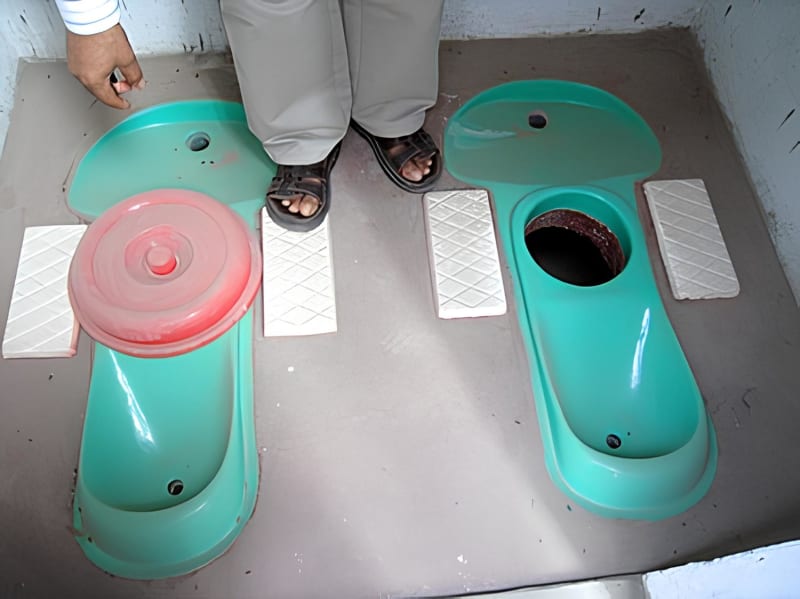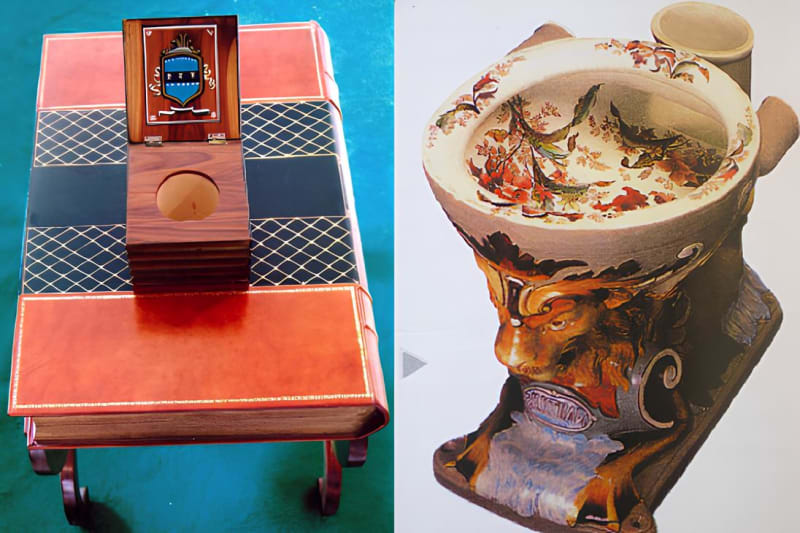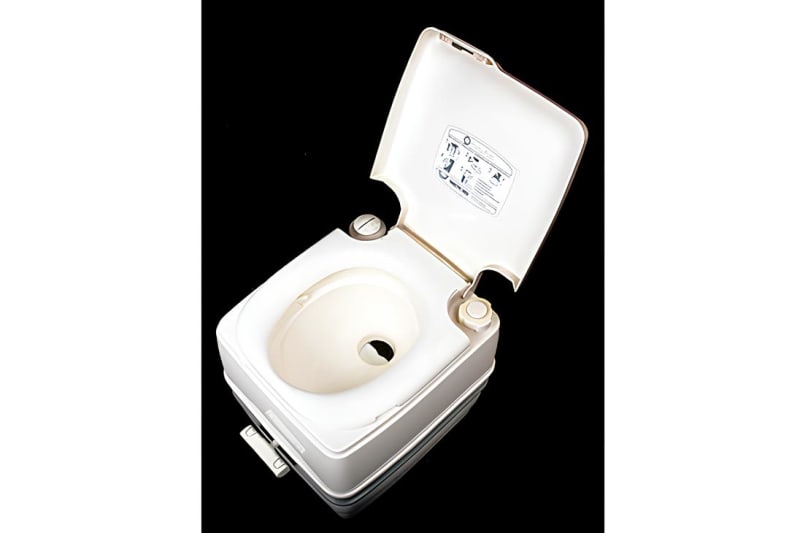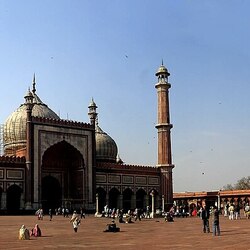International Toilet Museum
The International Toilet Museum or Sulabh is one of the unusual attractions of the capital of India. Dr. B. Pathak decided to create a museum of toilets. After visiting the famous Madame Tussauds wax museum, he decided to create something equally grandiose. The doctor founded a volunteer movement for waste disposal and sanitation, so he chose the idea of creating a toilet museum. He began his work by sending letters to hundreds of embassies in different countries, asking them to share information of interest to him.

The museum is designed with a great sense of humor. Numerous visitors listen to funny stories and jokes related to the topic of toilets, and do not stop laughing throughout the rather long tour.
The International Toilet Museum is divided into three parts, each of which is a milestone in the evolution of sanitation and hygiene.:

- ancient;
- medieval;
- modern.
Ancient
During excavations in Pakistan, fragments of drains, baths, toilets that were used by the ancient civilizations of Mohenjo-Daro and Harappa were discovered. A small part of them is represented in the museum.
Medieval
The medieval nobility lived in palaces. The guards and soldiers provided peace and security. It is clear that some toilets were used for the natural needs of the rich, while others were used for commoners and guards. Analogues of the presented medieval samples are still used for their intended purpose in fortresses. For example, in Gingi, in Jaipur, in Agra and others.
The museum is particularly proud of a replica of Louis XIV's throne with an opening for natural needs. The "throne" is made of valuable wood and looks like a jewel chest. The toilets of the English royal house are made of gold, and the toilet of Queen Victoria is decorated with lace.
Modern toilets
Funny cartoons are used to show the different types of toilets that exist today. Samples of public toilets are presented, and a humorous account is given of plumbing manufacturing companies. Unusual exhibits attract the interest of visitors. For example, a bookcase toilet, a throne toilet for the royal personages and much more.
Toilets, bidets, urinals, chamber pots, sinks clearly show how the convenience and comfort of sanitary items increased, which areas of technology existed and which underwent changes.
The exhibits are arranged in chronological order. The oldest one dates back to 2500 BC. Some toilets have a peculiar smell. It's not natural, of course, but it's very similar.
Museum visitors are interested in exploring the latest achievements designed for modern and future toilets. Among the exhibits is a microwave toilet with a water-saving function.
In addition, to give tourists a fun and interesting time looking at the exhibits, the International Toilet Museum is designed to draw attention to the environment. Many small Indian towns and villages do not have a sewage treatment system, which has created a serious environmental and epidemiological problem in the country.




